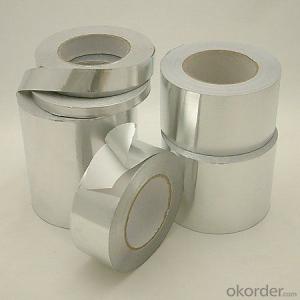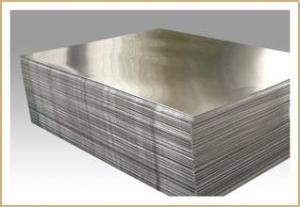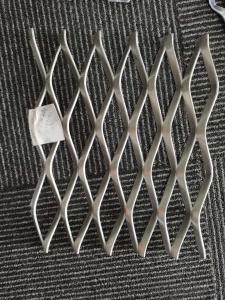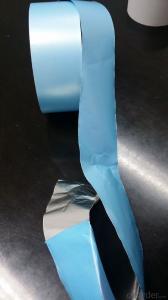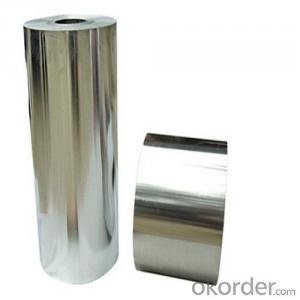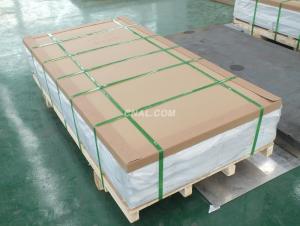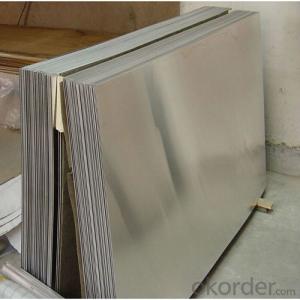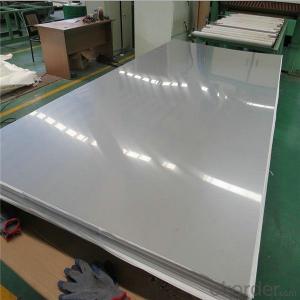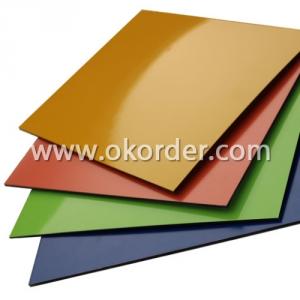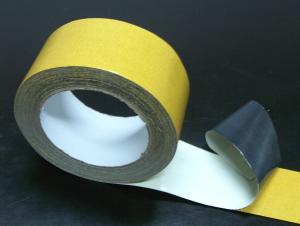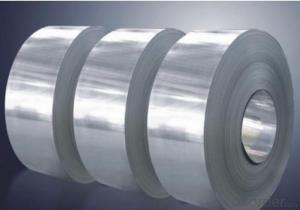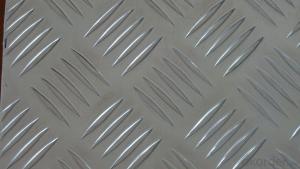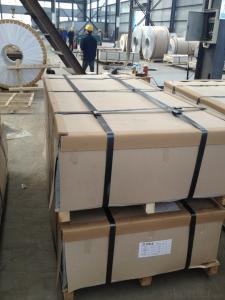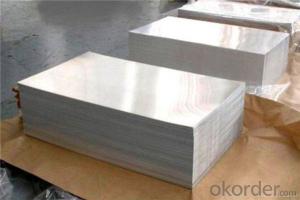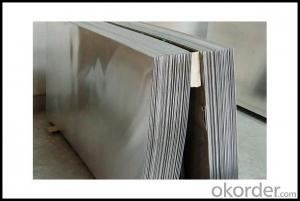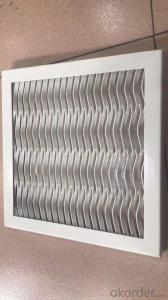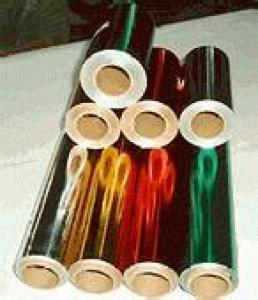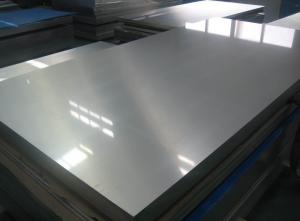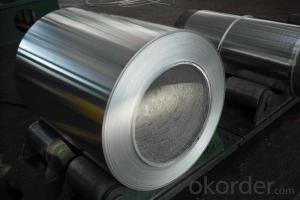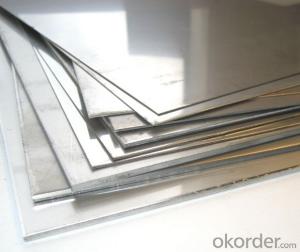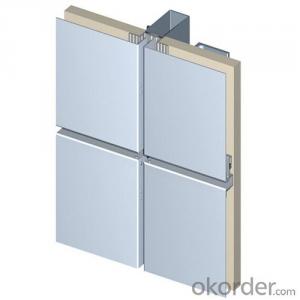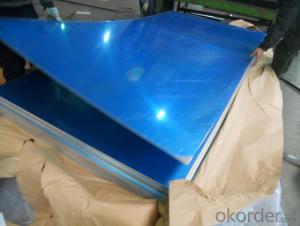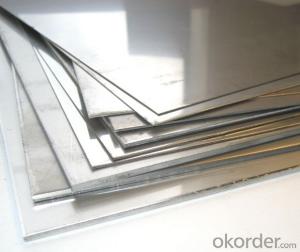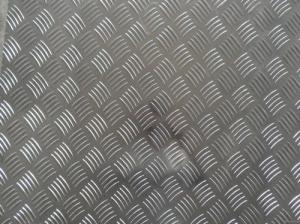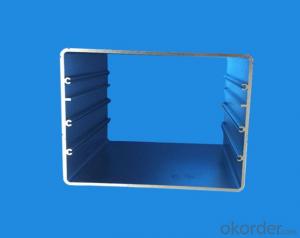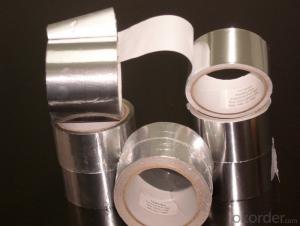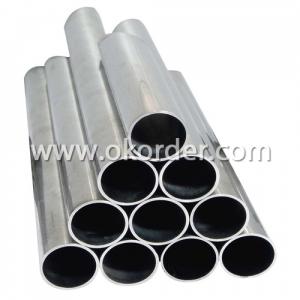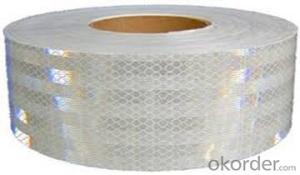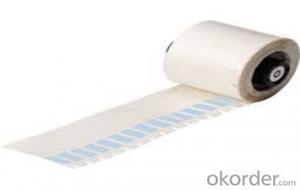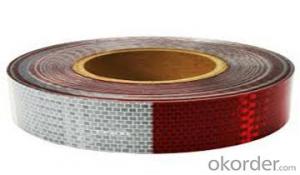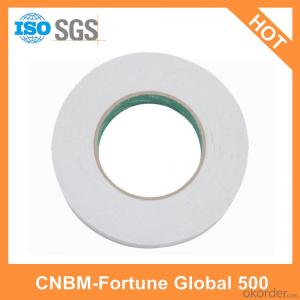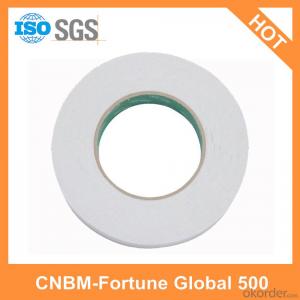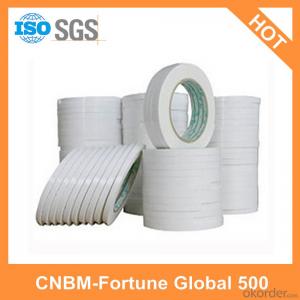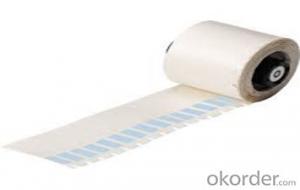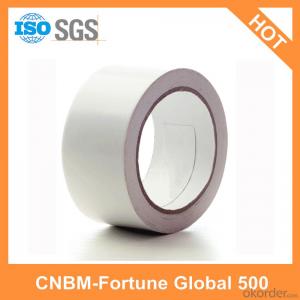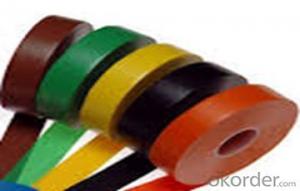Aluminum Plate 3/8 Thick
Aluminum Plate 3/8 Thick Related Searches
3/8 Thick Aluminum Plate 3/8 Aluminum Plate 3/8 Inch Aluminum Plate 3 8 Thick Aluminum Plate 3 8 Inch Thick Aluminum Plate 3/8 In Aluminum Plate Aluminum Plate 1/8 Thick Aluminum Plate 3/16 Thick 3 8 Aluminum Plate 3 8 Inch Aluminum Plate 1/8 Thick Aluminum Plate 3/8 Aluminum Plate 4x8 1/8 Inch Thick Aluminum Plate 3/16 Thick Aluminum Plate 3/8 Aluminum Diamond Plate Aluminum Plate 1 8 Thick 3/16 Aluminum Plate 4x8 1 8 Thick Aluminum Plate 1 8 Inch Thick Aluminum Plate Weight Of 3/8 Aluminum Plate 3/8 Aluminum Plate Weight Aluminum 1/8 Plate 1/8 Inch Aluminum Plate Aluminum Plate 1/8 5/8 Aluminum Plate 1/8 Aluminum Plate 3mm Aluminum Plate 3/16 Aluminum Plate 3/16 Inch Aluminum Plate Aluminum 3/16 PlateAluminum Plate 3/8 Thick Supplier & Manufacturer from China
Aluminum Plate 3/8 Thick is a robust and versatile product, known for its strength and lightweight properties. This type of aluminum plate is widely recognized for its ability to withstand high levels of stress and its resistance to corrosion, making it an ideal choice for various industrial applications. The product's thickness of 3/8 inch provides it with the necessary durability and rigidity required in demanding environments.The application and usage scenarios for Aluminum Plate 3/8 Thick are numerous, spanning across various industries such as construction, automotive, aerospace, and manufacturing. This product is commonly used in the fabrication of structural components, machinery parts, and other equipment that require high strength-to-weight ratios. Its non-magnetic properties and resistance to electrical conductivity also make it suitable for use in electronic and electrical applications.
Okorder.com is a reputable wholesale supplier of Aluminum Plate 3/8 Thick, boasting a large inventory to cater to the diverse needs of customers. The company prides itself on offering high-quality products at competitive prices, ensuring that clients receive the best value for their investment. With a commitment to customer satisfaction, Okorder.com is a reliable source for purchasing Aluminum Plate 3/8 Thick for any project or application.
Hot Products
